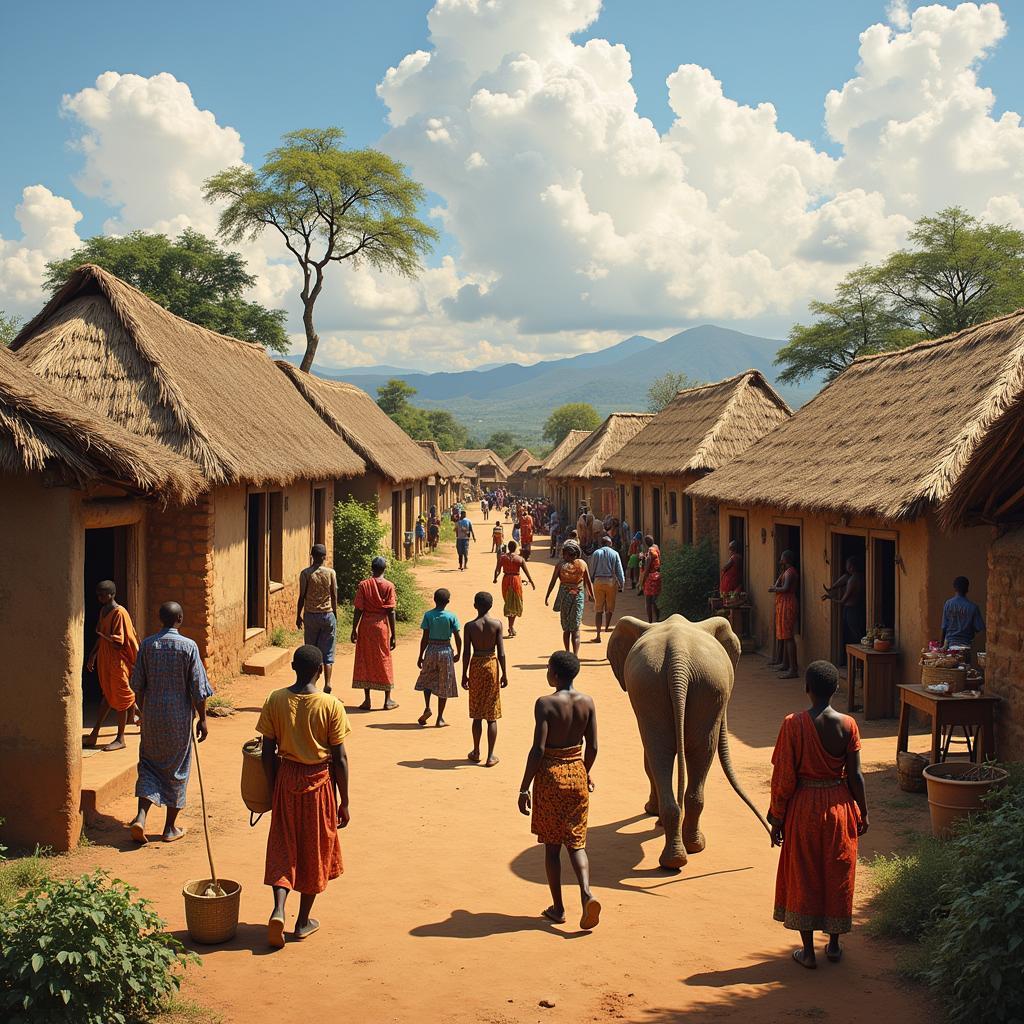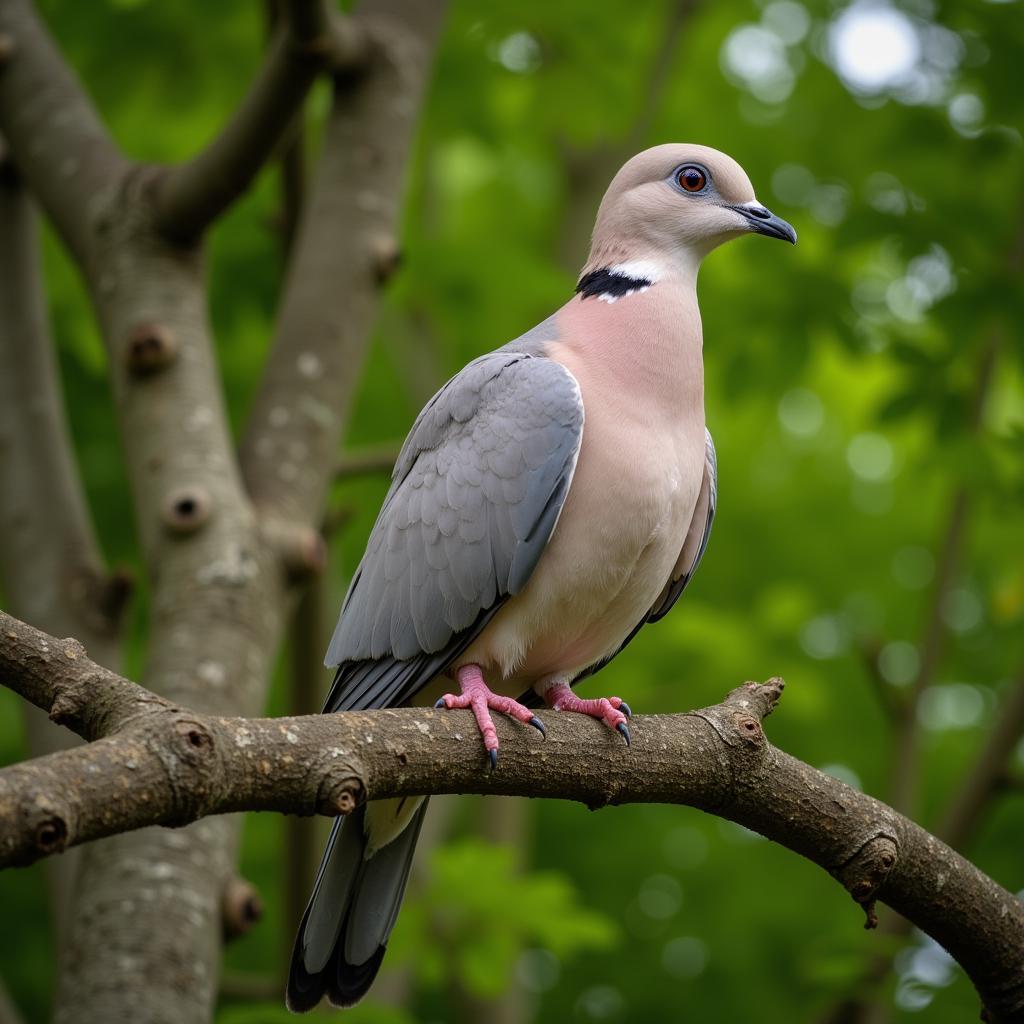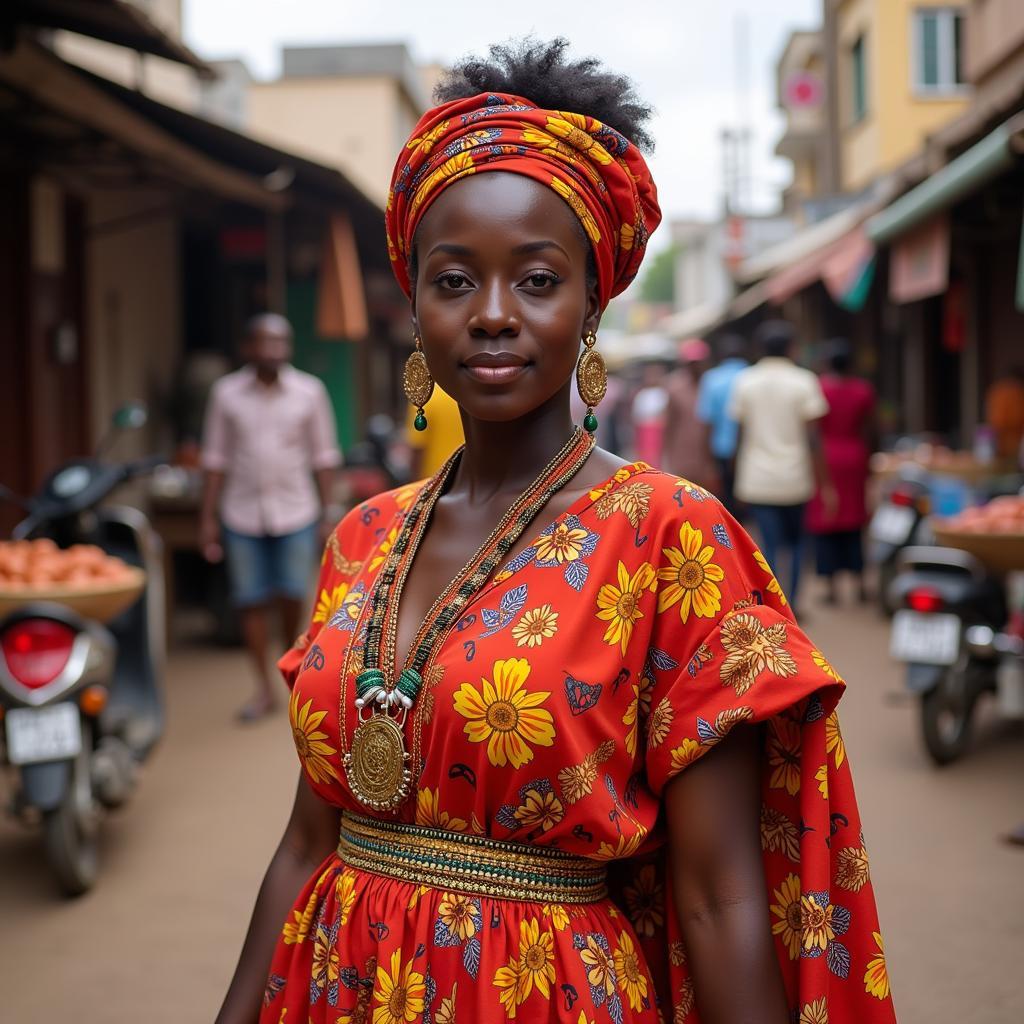African Characters in Cinderella: A Celebration of Diversity and Storytelling
The classic fairy tale of Cinderella has enchanted generations with its story of hope, kindness, and triumph over adversity. While the story is often told with European characters, the narrative transcends borders and can be adapted to reflect different cultures and perspectives. In Africa, Cinderella stories abound, each imbued with unique African themes, customs, and traditions, showcasing the continent’s rich storytelling tapestry.
Reimagining Cinderella Through an African Lens
Across the African continent, Cinderella stories exist in various forms, offering unique interpretations of the beloved tale. These versions often feature local customs, beliefs, and folktales woven into the narrative, making them captivating and authentic. Some variations highlight the importance of family and community, while others emphasize resilience and resourcefulness in the face of hardship.
The Influence of African Folklore
African folklore is steeped in myths, legends, and traditional tales that have been passed down through generations. These stories often feature wise animals, mischievous spirits, and powerful deities, reflecting the African worldview and its connection to nature. In African versions of Cinderella, these elements often find their way into the narrative, enriching the story with cultural depth and symbolism.
The Role of Music and Dance
Music and dance are integral to African culture and play a significant role in celebrating life’s joys and sorrows. In many African Cinderella stories, music and dance are used to express emotions, convey messages, and create a sense of community. The Cinderella character often uses her musical talents to attract attention and win over the heart of her prince.
Exploring African Cinderella Adaptations
Here are some examples of how African cultures have reimagined the Cinderella story:
-
“The Girl Who Lost Her Slipper” (Zulu): In this tale, Cinderella is a young Zulu girl who is mistreated by her stepmother and stepsisters. She encounters a magical bird who helps her attend a royal ball, but she loses her slipper while fleeing. The prince embarks on a quest to find the owner of the slipper, leading him to Cinderella. This version highlights the theme of resilience and the power of fate.
-
“The Little Tortoise” (Yoruba): This Yoruba tale features a clever tortoise who tricks the wicked stepmother and stepsisters into getting lost in the forest. The tortoise then becomes a respected member of the community and wins the hand of the prince. This story emphasizes the importance of wisdom and resourcefulness in overcoming challenges.
-
“The Story of Muntu” (Congo): In this Congolese adaptation, Cinderella is a young woman named Muntu who is ostracized by her stepmother and stepsisters. She is forced to live in a small hut in the forest, where she befriends animals and learns to use her skills in basket weaving. When the prince holds a competition to find a wife, Muntu enters, impressing the prince with her artistry and humility. This story highlights the value of self-reliance, kindness, and respect for nature.
“The beauty of these African retellings lies in their ability to connect with universal themes while celebrating the unique traditions and values of different communities,” says Dr. Amina Diallo, a renowned anthropologist specializing in African folklore.
These stories not only offer a glimpse into the diverse cultures of Africa but also demonstrate the enduring power of storytelling. The African Cinderella narratives highlight the importance of kindness, perseverance, and the belief in the power of dreams. They are a testament to the creativity and resilience of the African people and their ability to adapt and reinterpret stories in their own unique ways.



